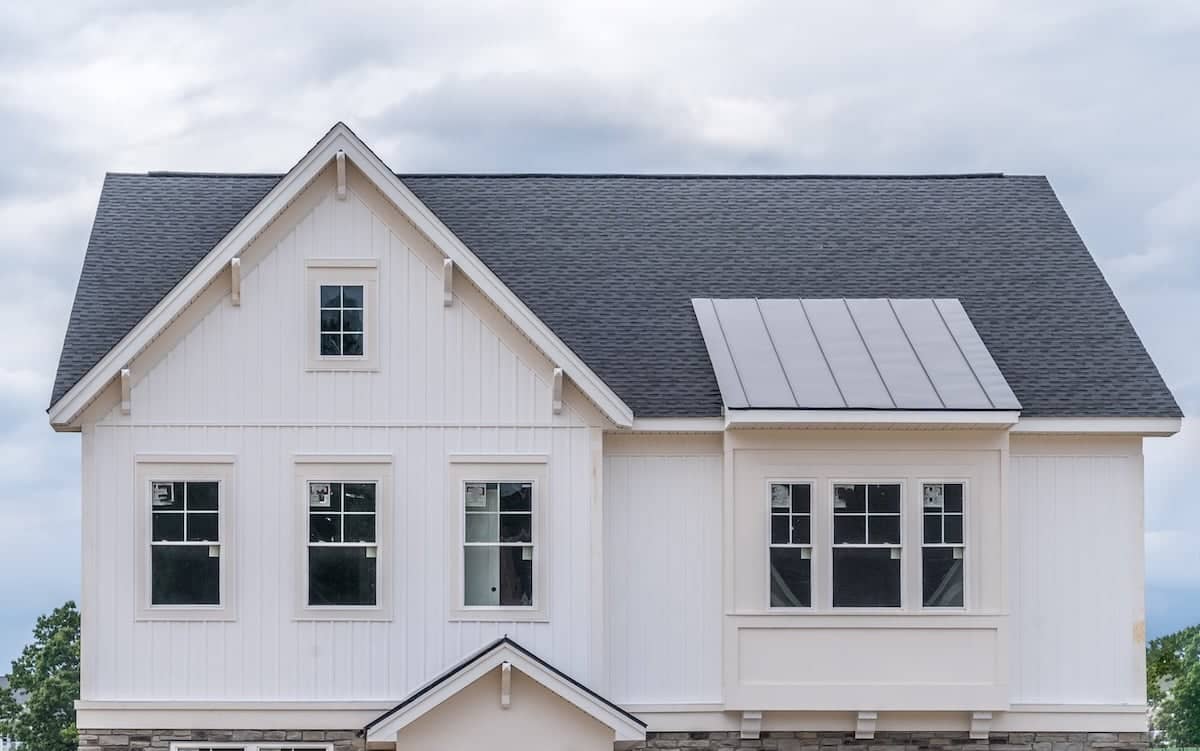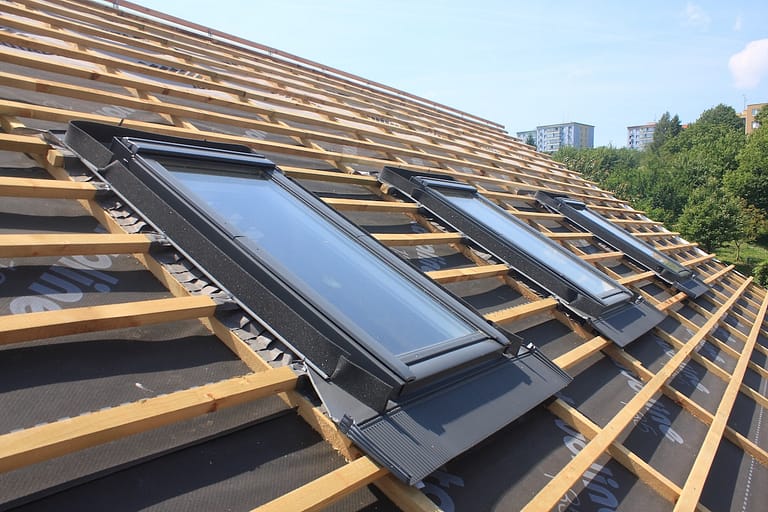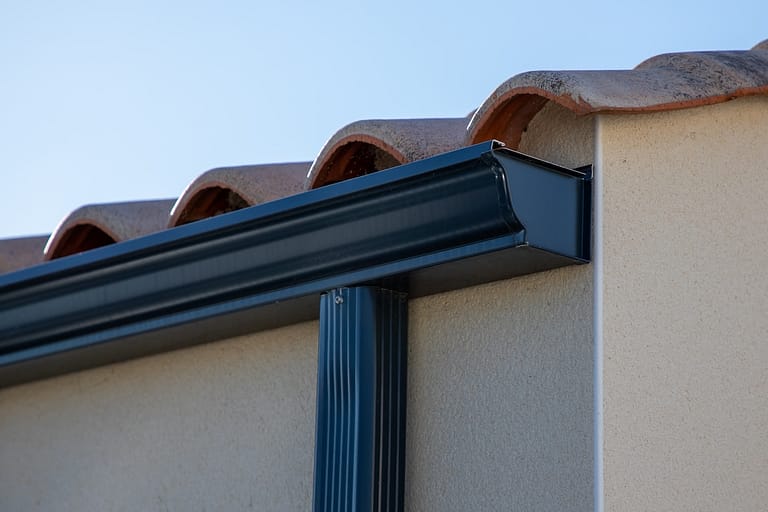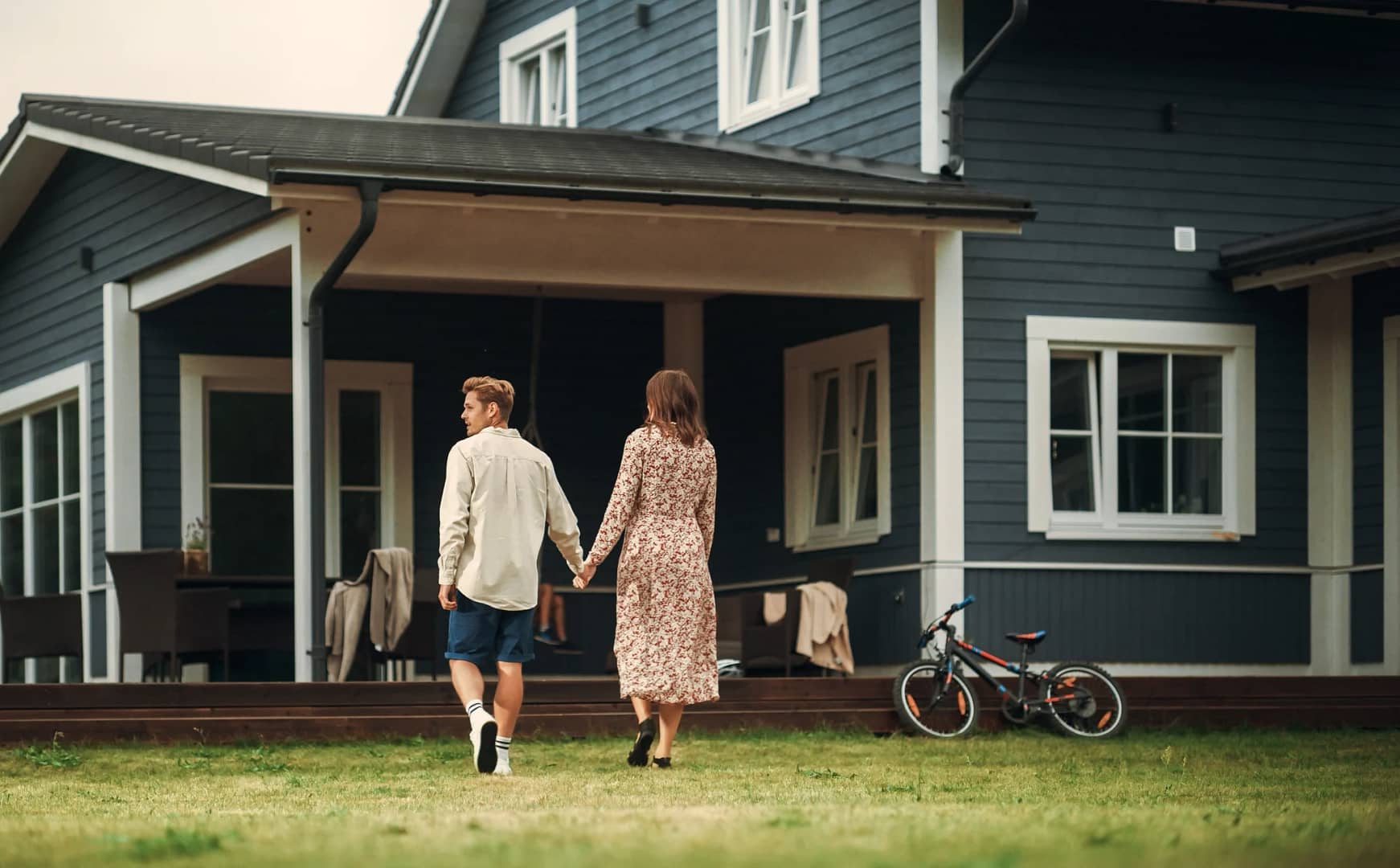Vertical siding is a bold design choice that has been gaining popularity with homeowners seeking a fresh, modern exterior. Unlike traditional horizontal lap siding, vertical panels bring a sleek, eye-catching look that can set your home apart, but is it the right option for your property?
In this blog, we’ll walk you through the advantages and drawbacks so you can decide confidently. You’ll learn about:
- Aesthetic benefits
- Performance factors
- Cost considerations
Let’s explore whether vertical siding is the right investment for your home.
🤔 What Is Vertical Siding?
Vertical siding refers to panels or planks installed in an upright position, running from the base of the wall up to the roofline. It’s commonly used in modern, farmhouse, or barn-style homes and often made from materials like vinyl, metal, wood, or fiber cement. One of the most recognizable styles is board and batten, where wide vertical boards are paired with thin battens covering the seams.
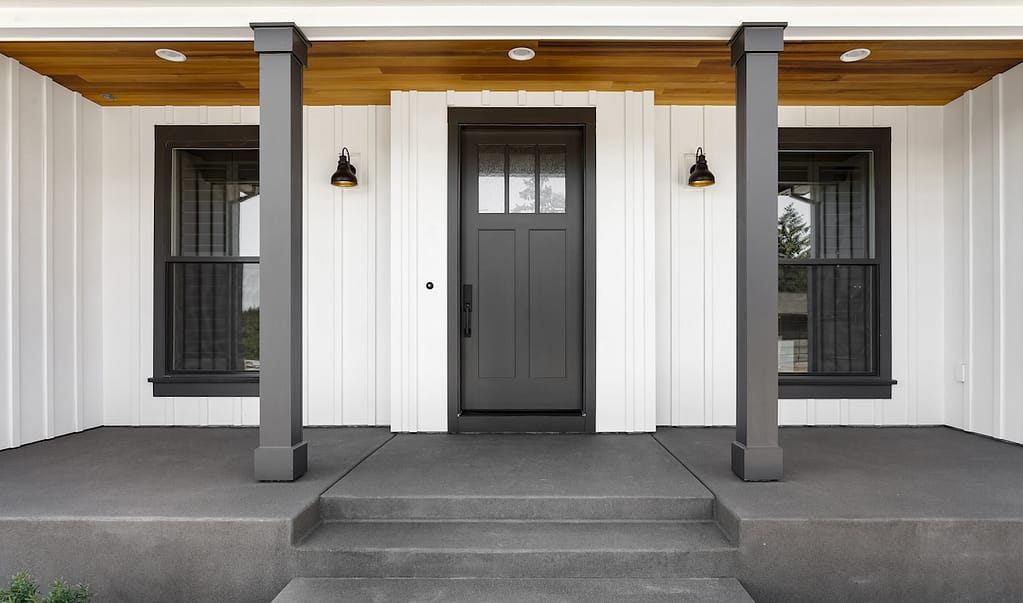
Unique Appearance
This siding type creates an immediate visual impact. It breaks away from the traditional look of horizontal siding and gives the home more verticality, which can make smaller homes appear taller or more structured.
Installation Requirements
Installing vertical siding is more labor-intensive than installing horizontal siding. It typically requires furring strips or special preparation underneath to ensure water runs off properly and panels stay aligned.
✅ Vertical Siding Advantages
Vertical siding isn’t just about looks — it brings a handful of performance benefits worth considering.
Improved Water Drainage
Because of its upright design, vertical siding channels rainwater downward more efficiently than horizontal planks. This can help reduce the chances of moisture buildup and extend the life of your siding.
Easier to Clean
The vertical orientation naturally prevents debris from settling on the surface. This often means fewer mold or mildew issues and less scrubbing during routine cleaning.
Bold, Modern Aesthetic
Vertical siding is perfect for homeowners who want to stand out. It works especially well on contemporary or farmhouse-style homes and can be used as an accent on gables or entryways.
Versatile Pairing
- Design flexibility: Vertical siding can be paired with horizontal siding or stonework for a customized, layered look.
- Highlighting architectural features: Use it to draw attention to unique elements like dormers, garage doors, or porches.
❌ Vertical Siding Disadvantages
While the benefits are appealing, it’s important to understand the potential downsides before committing to this option.
Higher Installation Costs
Vertical siding often takes more time to install, especially when furring strips are required. That added labor can increase your upfront costs.
Limited Contractor Experience
- Fewer specialists: Not all siding contractors have extensive experience with vertical installations.
- Precision required: Improper installation can lead to water infiltration or warping if seams are not perfectly sealed.
Style Limitations
Vertical siding may not suit every home style. In neighborhoods dominated by colonial or craftsman-style homes, it can appear out of place unless paired thoughtfully with more traditional materials.
📋 5 Pros and Cons of Vertical Siding
Here’s a quick breakdown to help you weigh the ups and downs of this siding style:
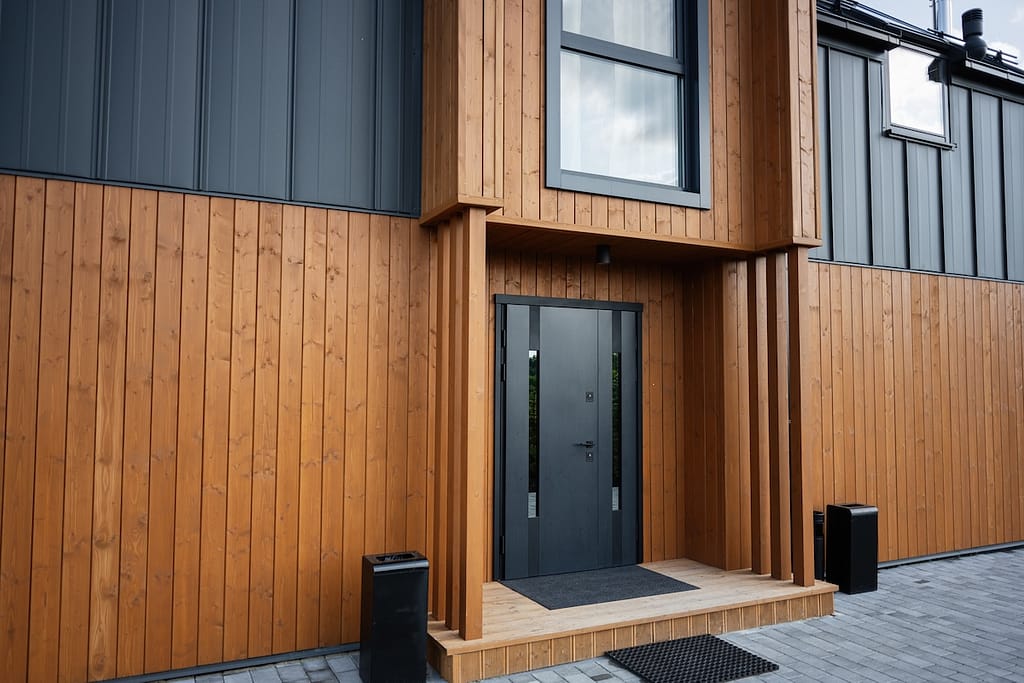
- Pro – Unique Curb Appeal: Vertical lines add drama and sophistication to modern and farmhouse exteriors.
- Pro – Better Water Shedding: Rain naturally flows downward, reducing the risk of trapped moisture.
- Pro – Lower Maintenance: Less debris accumulation means easier routine cleaning.
- Con – More Expensive Installation: Labor costs are typically higher compared to horizontal siding.
- Con – Potential Compatibility Issues: It may not match traditional architectural designs without careful planning.
👉 What Is Batten Siding?
Batten siding is one of the most iconic forms of vertical siding, often referred to as board and batten siding. It combines wide vertical boards with narrower strips (battens) that cover the seams between the boards. This traditional technique has roots in rustic and agricultural buildings but has made a major comeback in modern residential design.
Classic Meets Contemporary
Batten siding blends old-world charm with modern appeal. It’s commonly used on farmhouse-style homes but can also add warmth and dimension to minimalist or transitional architecture. The battens create shadow lines that add visual texture and break up the monotony of large walls.
Construction and Installation
- Layered design: Wide planks (boards) are installed vertically with narrow battens placed over the joints.
- Material options: Board and batten siding is available in wood, fiber cement, vinyl, and engineered materials, each offering different price points and maintenance levels.
- Moisture protection: The battens help seal gaps between boards, enhancing water resistance when properly installed.
Popular Applications
- Accent walls: Many homeowners use batten siding on entryways, gables, or garages to add visual interest without covering the entire home.
- Whole-home exteriors: For a bold, consistent look, board and batten siding can be used across the entire facade for maximum impact.
⭐️ Choosing the Right Siding for Your Home
Deciding whether vertical siding is the right choice depends on several factors: your home’s architecture, your long-term maintenance expectations, and your budget. Below, we’ll help you assess your situation.
Your Home’s Style
Vertical siding fits best with contemporary, modern farmhouse, and minimalist aesthetics. If your home leans toward classic or historic design, a mix of siding styles may offer a better fit.
Budget Considerations
- Material costs: Fiber cement and metal tend to cost more than vinyl, no matter the orientation.
- Labor costs: The complexity of vertical siding often makes it more expensive to install.
Maintenance Preferences
Vertical siding sheds dirt and moisture more effectively than horizontal types. If you’re looking for a low-maintenance exterior, this can be a major advantage — especially in areas with heavy rainfall or snow.
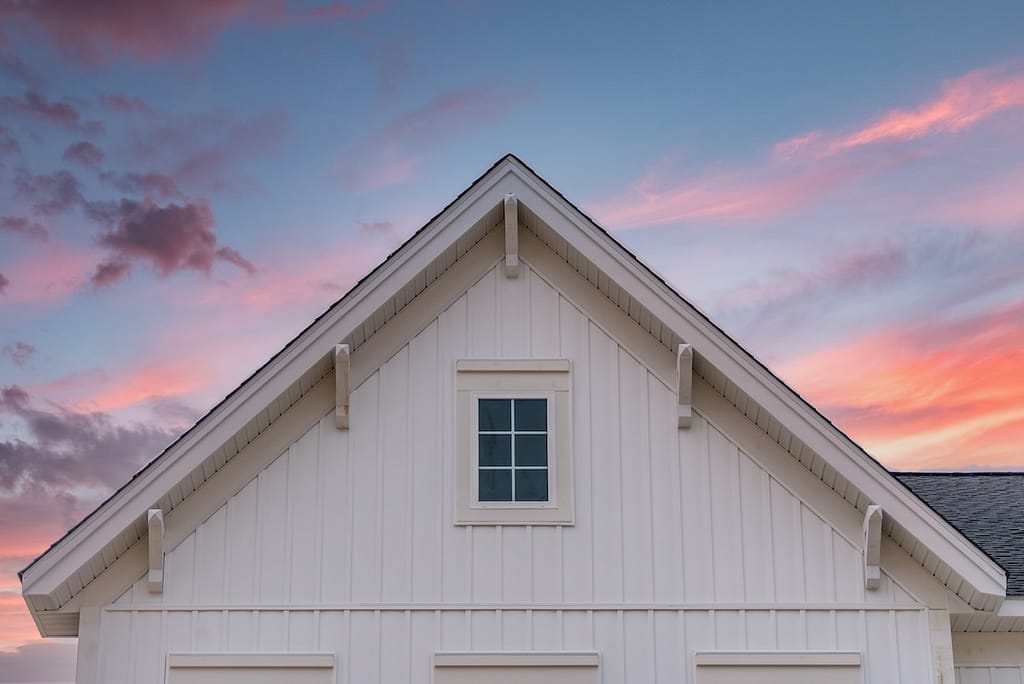
❗️ Why Work With O’Donnell Roofing Co.?
Choosing the right siding isn’t just about the product — it’s about the team you trust to install it. At O’Donnell Roofing Co., we bring more than experience to your siding project. We bring a commitment to integrity, craftsmanship, and honest recommendations tailored to your home’s unique needs.
- Specialized installation: Our crew is trained in vertical and horizontal siding systems to ensure flawless, watertight results.
- Attention to detail: From prep work to final inspection, we treat every home like it’s our own.
- Customer-first approach: We take time to understand your vision and offer siding options that fit your goals and budget.
💪 Ready To Refresh Your Home’s Exterior?
Vertical siding is a stylish, durable option that can enhance your home’s curb appeal — but it’s not for everyone. If you’re unsure whether it’s the right fit, our team is here to help. O’Donnell Roofing Co. offers free inspections and estimates, guiding you through the process with expert insight and dependable service.
Contact us today to schedule your free consultation and discover if vertical siding is the right choice for your home. We’re here to make your next exterior project smooth, stress-free, and successful.
